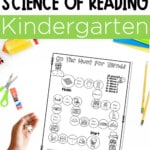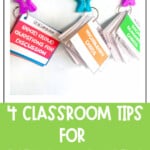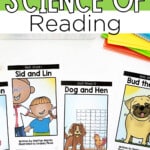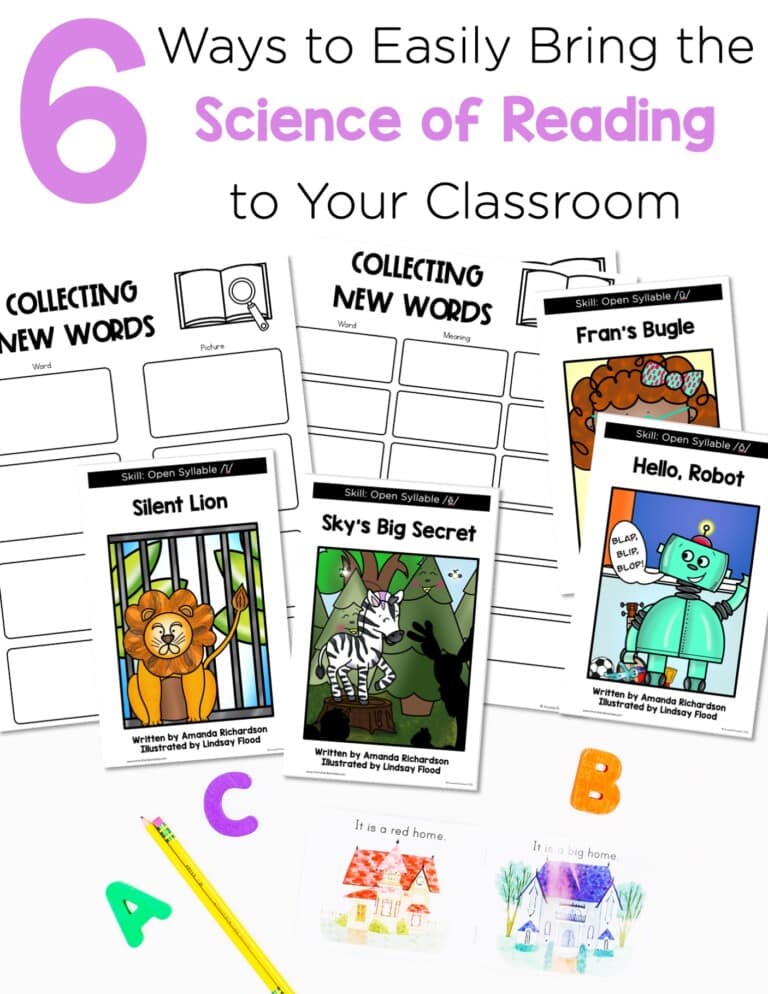


When it comes to the science of reading research, many teachers are probably familiar with it and the gist of what it means. But what about what that looks like in your classroom? What does bringing the science of reading research to your classroom and applying it actually look like?
If you have questions like those, you’re in the right spot! We’re diving into four ways to bring the science of reading research to your classroom in an actionable way.
Science has shown us that becoming a skilled reader requires a careful blend of language comprehension AND word recognition. It’s like a beautiful dance between understanding what the words mean and effortlessly decoding them. Let’s get into some ideas to try to impact the readers in your classroom.
When it comes to the factors that make up learning how to read, there are so many! The science of reading research has shown that it takes both language comprehension AND word recognition to develop a skilled reader.
First, students learn how to decode words and read the text. Then, as their decoding skills become more automatic and they become more strategic in using their growing language comprehension skills, language comprehension and word recognition intertwine.
The result: students develop into skilled, fluent readers. We must focus on BOTH areas. As kinder, first, and second grade teachers, we need to switch our focus in small groups from guessing to decoding. Decodable books are the perfect tool to help you!
Not only do decodable books give students explicit practice with decoding skills, but they easily allow for differentiation. You can pinpoint where the gaps are in phonics instruction for each student and help fill them in. You can read more about why using decodable readers in small groups is beneficial HERE!
Oral language is our verbal communication or the way we speak and how we listen to others. It’s how we can express our thoughts and knowledge, feelings, and ideas. So you may be wondering what that has to do with reading. Well… a lot!
With The Simple View of Reading (Gough and Tunmer, 1986), we know that reading comprehension is the product of decoding and language comprehension. So strong readers with solid reading comprehension need both decoding skills and language skills, including oral language skills.

Our young students use their oral language skills to ask questions, process new information, and interact with others. Then, students can take these oral language skills and begin to apply them in reading. Proficiency in oral language is closely linked to reading comprehension.
Oral language development also fosters critical thinking skills by encouraging students to articulate their thoughts, reason, analyze information, and participate in collaborative discussions. These skills are fundamental for problem-solving and decision-making in all areas of life, not just in our classrooms. You can read more about incorporating oral language activities HERE!
Another great way to bring the science of reading research to your classroom is through literacy centers. Literacy centers that are based on the science of reading will not only be engaging for students, but they’ll make a positive impact on learning. We can help students develop solid foundational reading skills that will improve their decoding and comprehension skills.
Students can really practice their decoding skills through centers that offer authentic opportunities to read and write. Some of my favorite centers based on the science of reading include clip cards, word mats, and dice games. If you want done-for-you centers, I have a bundle that has 101 science of reading-based centers. Check it out here!
An added benefit of science of reading-based centers is that it allows for easy differentiation. Differentiating literacy centers can benefit both struggling and advanced students. For struggling students, it can provide them with activities that match their abilities, making learning more accessible and less overwhelming. For advanced students, it can challenge them and prevent them from getting bored or disengaged.
Are you used to introducing a new high-frequency word, making flashcards, and moving on? I’ve been there! The current science of reading research tells us that high-frequency words do not just need to be memorized. Research says that these words are like all other words we encounter and have some degree of decodability to them.
Yes, a lot of them also have irregular spellings and sounds, but we must teach those parts to our students! We need to show them the decodable parts and explain the irregular parts of the word. This helps connect what we are teaching in phonics to reading.
To help students learn about these irregular patterns, many teachers use “heart words”. Heart words are high-frequency words with irregular spelling. They are called “heart words” because part of the word will have to be learned to be read and spelled by heart. You can learn more about heart words HERE! Teaching students to decode high-frequency words is a great way to bring the science of reading research to your classroom!
Give one (or all!) of these strategies a try! You’ll be able to reach every reader where they are and help them move forward with strong reading skills.
pin it
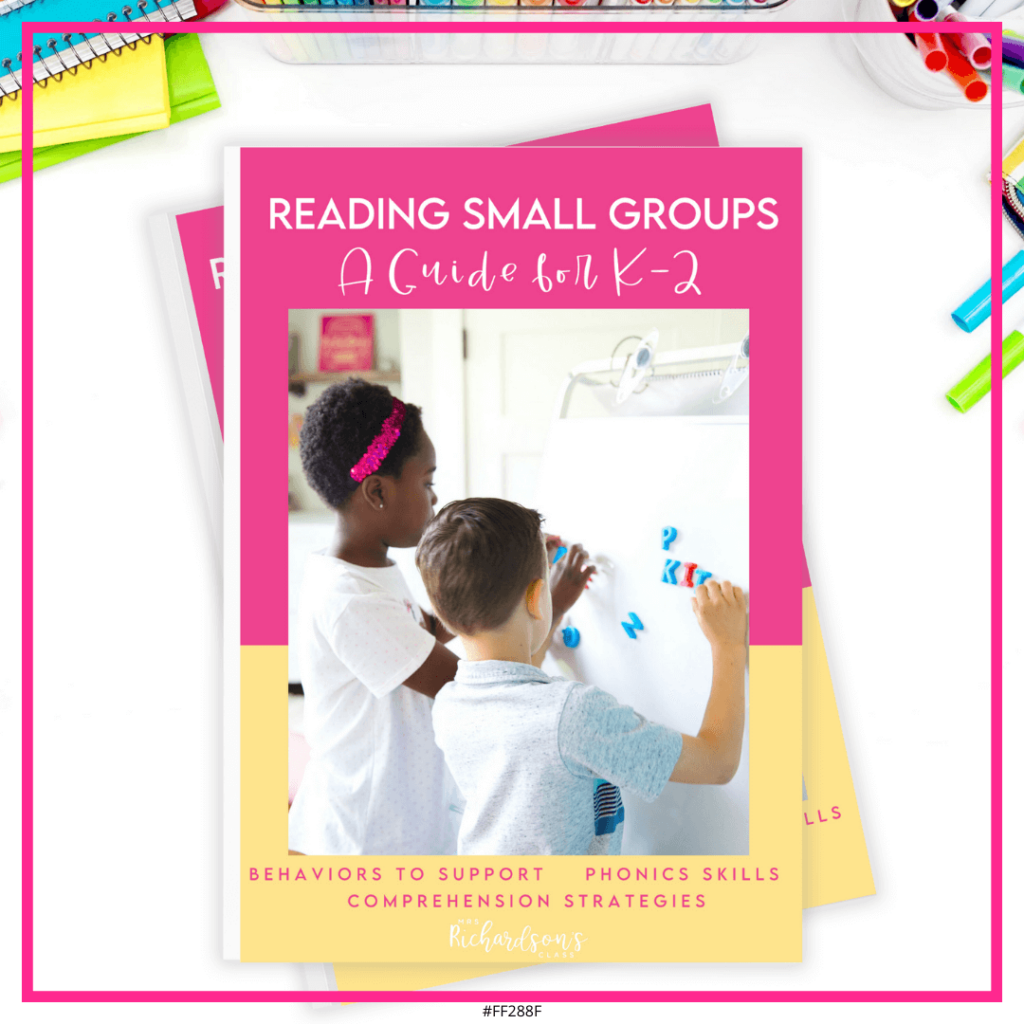
Want to use the latest research to boost your readers during small groups? This FREE guide is packed with engaging ideas to help them grow!
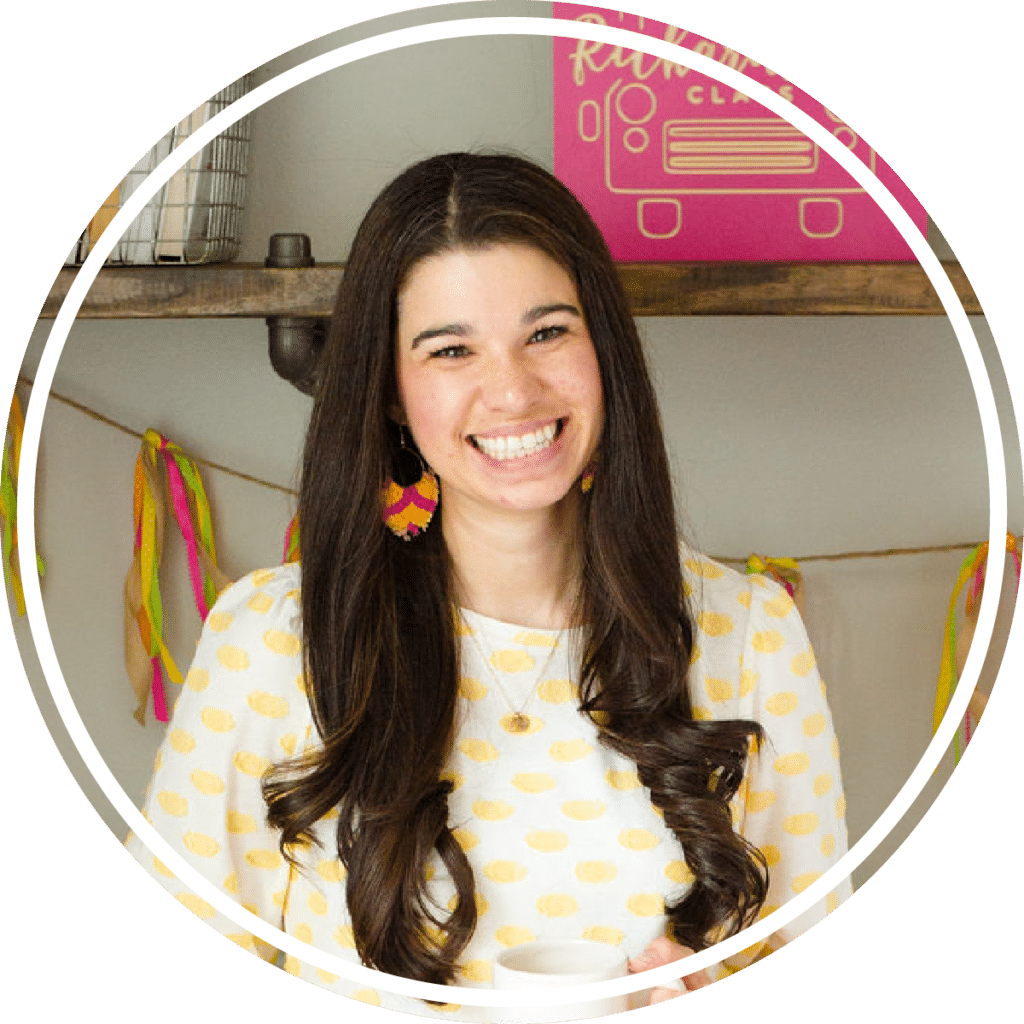
I’m a K-1 teacher who is passionate about making lessons your students love and that are easy to implement for teachers. Helping teachers like you navigate their way through their literacy block brings me great joy. I am a lifelong learner who loves staying on top of current literacy learning and practices. Here, you’ll find the tools you need to move your K-2 students forward!
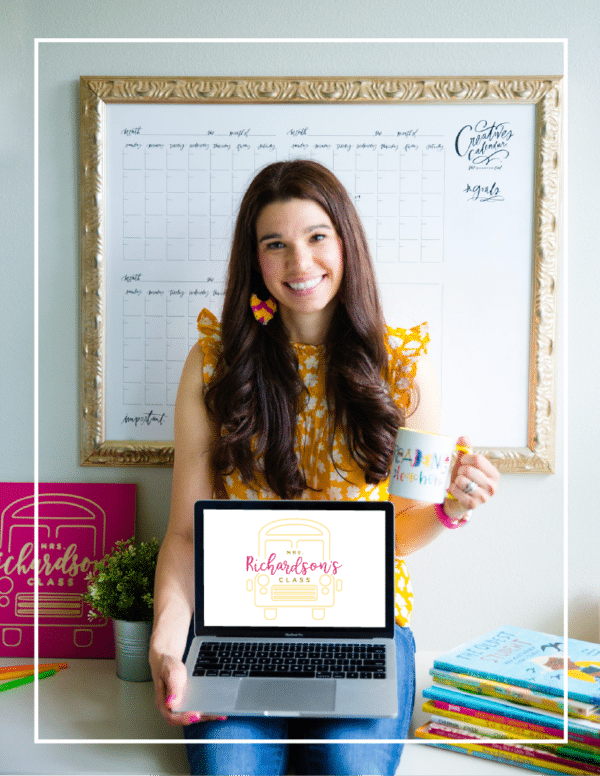
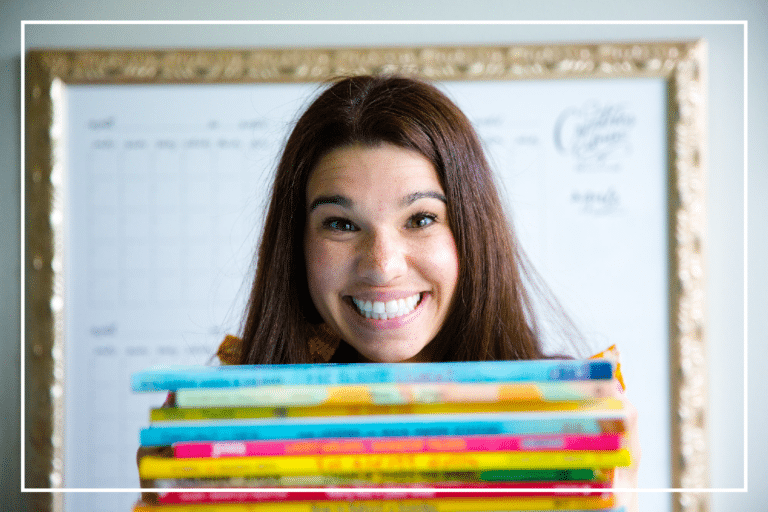
| Cookie | Duration | Description |
|---|---|---|
| cookielawinfo-checkbox-analytics | 11 months | This cookie is set by GDPR Cookie Consent plugin. The cookie is used to store the user consent for the cookies in the category "Analytics". |
| cookielawinfo-checkbox-functional | 11 months | The cookie is set by GDPR cookie consent to record the user consent for the cookies in the category "Functional". |
| cookielawinfo-checkbox-necessary | 11 months | This cookie is set by GDPR Cookie Consent plugin. The cookies is used to store the user consent for the cookies in the category "Necessary". |
| cookielawinfo-checkbox-others | 11 months | This cookie is set by GDPR Cookie Consent plugin. The cookie is used to store the user consent for the cookies in the category "Other. |
| cookielawinfo-checkbox-performance | 11 months | This cookie is set by GDPR Cookie Consent plugin. The cookie is used to store the user consent for the cookies in the category "Performance". |
| viewed_cookie_policy | 11 months | The cookie is set by the GDPR Cookie Consent plugin and is used to store whether or not user has consented to the use of cookies. It does not store any personal data. |
